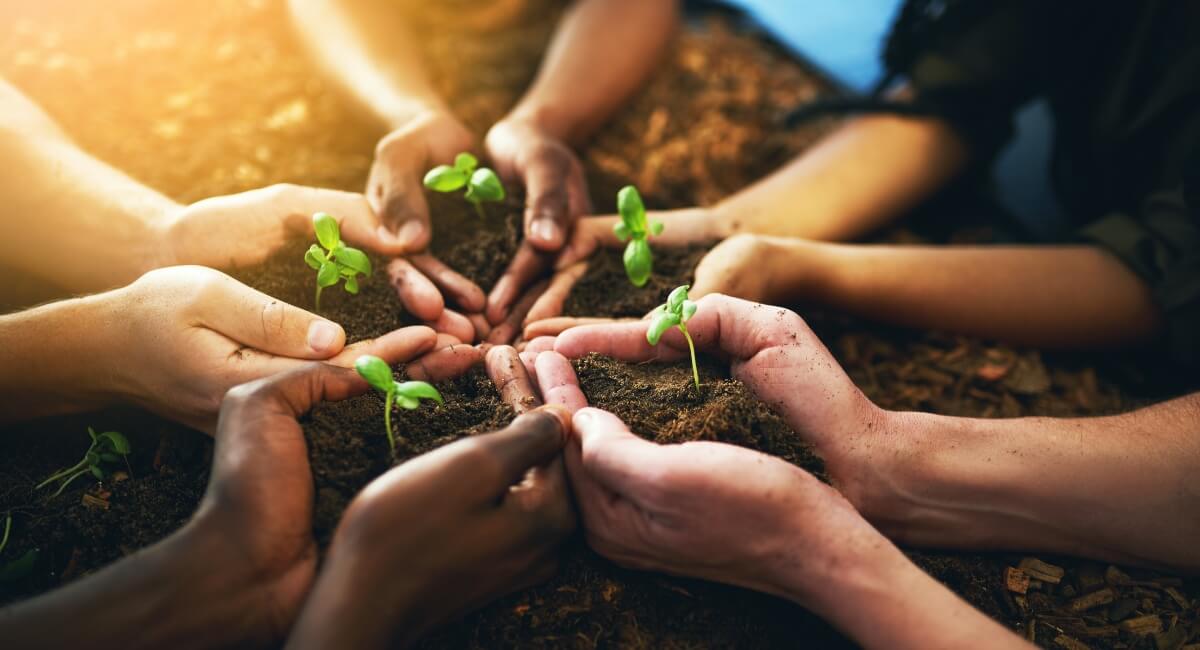IT has been an ongoing struggle to lure foreign investors back to north Africa and, indeed, to the sub-Saharan portion of the continent following the headline-grabbing events of the Arab spring of late 2010, the global commodities slump of 2014 and the oil price crash of 2015.
But one country has weathered this three-fronted storm better than most – Morocco.
Strategically positioned in the north-west of Africa and blessed with two coasts – one Atlantic and the other Mediterranean – this nation with a long history of European connections and a reputation of moderation and tolerance has bucked the regional trend by attracting a steady flow of foreign investment.
It has benefitted from Foreign Direct Investment at a time when its neighbours have been buffeted by slumps in inward cash flows.
Post-Arab uprising, Egypt remains in a state of near paralysis, while Libya is in chaos. Tunisia has been fighting a battle for eight years to emerge from economic stagnation and Algeria – the other traditional big investment destination in the region – seems atrophied by a political system that cannot embrace much-needed economic reform.
So Morocco, with its growing economy, stable government and proximity to Europe is setting itself up to be the new regional titan – and the key to sustainable growth for the country lies to the south.
Latest figures from the United Nations Conference on Trade and Development (UNCTAD) (for 2017) show 4% GDP growth and a 10.9 % exports growth rate.
This is in stark contrast to statistics for Africa as a whole, which showed a 21% year-on-year decline in FDI to $42bn.
One senior business figure in Morocco and observer of economic trends across the continent said: “Unlike the Moroccan companies with close ties to Europe, where growth has been slow, those firms with operations inside Africa are experiencing very welcome scales of growth.”
This sluggish European activity has been one of the major reasons behind the new political focus on the south.
But European nations – including Morocco’s former colonial rulers France – have been keen to keep pumping investment funds into “Greenfield FDI” (investments in new projects or expansions of existing ones) and have been doing so since 2013.
South Korea and China are also in on the act – which has been led by renewable energy and automotive sectors.
French renewables giant Voltalia were given the go-ahead to construct a pair of small hydropower plants, and Enel of Italy were given permission to build two wind farms at a cost of $1.2 billion.
Unlike its neighbours, Morocco may not have much in the way of oil and gas – but it has plenty of sunshine and wind ready to be transformed into clean energy.
The Noor 2 and Noor 3 solar arrays at Ouarzazate, 60 miles south-east of Marrakesh, are due to be completed by Chinese companies this year, joining the Noor 1, which has been on-stream since 2016.
In the motor sector, car manufacturers have been drawn to the country by tax sweeteners, economic zones and proximity to European markets.
Morocco has surpassed South Africa as the leading automotive producer on the continent (345,000 passenger vehicles over South Africa’s 331,000).
Morocco is also becoming a key supplier of seats, interiors, wiring and other components for European auto factories.
The newspaper also predicted that car production on the continent, along with the Middle East, is “on road to outpace US and Europe.” Morocco is also expected to produce more cars each year than Italy.
Moulay Hafid Elalamy, the country’s Minister of Industry, Trade, Investment and Digital Economy, has set himself the challenge of reaching 1 million vehicles produced each year in Morocco by 2025.
He said: “We are going to exceed $100 million of export sales which is expected by 2020, but I will take a new bet and raise the bar to $200 million in exports with a production capacity of one million vehicles by 2025.”
Nissan, Renault, Peugeot and Ford have all become key players in Morocco’s booming automotive sector, which has attracted nearly £5 billion in Greenfield FDI since 2010.
Elsewhere, the country has established the city of Casablanca as a regional investment axis for companies within Morocco who have ambitions to invest outwith it boundaries.
Africa accounts for the vast majority of this outflowing investment, which is bolstering sectors as diverse as renewables, chemicals and property.
The past 15 years have also seen Moroccan banks expand their continental network to 11 sub-Saharan African countries.
Continental observers within the investment community remain concerned at the instability that continues to blight portions of sub-Saharan Africa but they are adamant that the wider continent will be an engine for future growth in the global economy.
The message coming out of Morocco loud and clear is: “Africa is going to be the next big thing.”
– Rohan Fernando, CEO, QPI Consultants FZE
